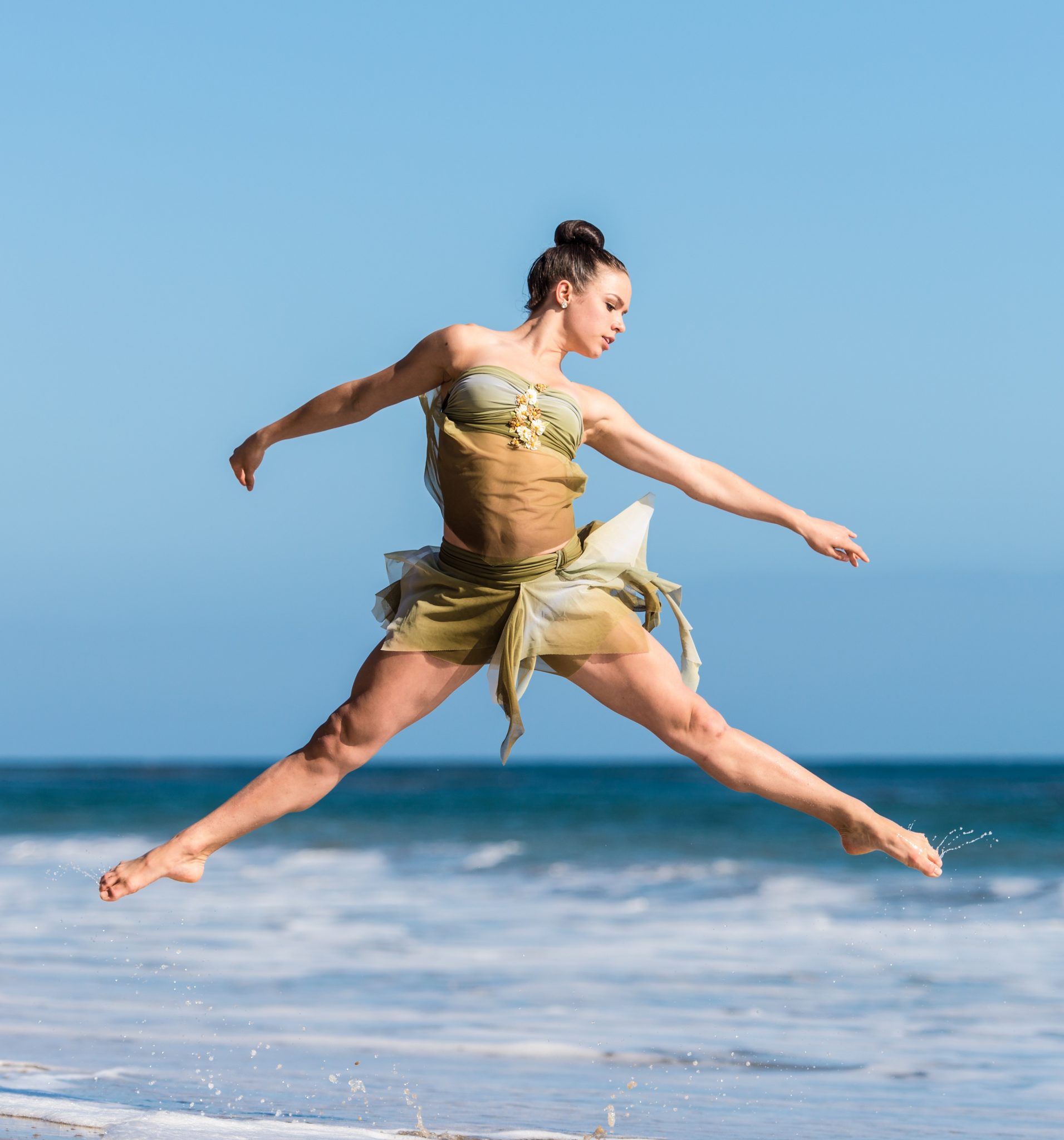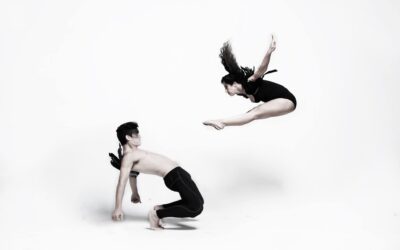Picture a musician who plays beautifully, yet does not clean their instrument or pack it away properly. It is hard to imagine because it is expected that all musicians understand how to care for and use their instrument effectively. Dancers are no exception to this rule.
Your body is your instrument. If you do not understand the basics of the way your body functions, then how can you ensure it performs to its full ability? How do you care for it and make sure it doesn’t break down? While you do not need to know all the intricate details of muscle attachments or the name of every bone, learning the fundamentals will help you better understand your body. It will also enable you to talk effectively to the health professionals you will encounter throughout your dance career.

As a physiotherapist, I love exploring the incredible way in which our bodies work. At one point during my full-time dance career, I sustained a stress fracture in my hip, which resulted in many physiotherapy rehabilitation sessions. And I fell totally in love with learning anatomy. The more I understood, the better I became at caring for and respecting my body, especially when injured. Now a dance physiotherapist, I encourage young dancers to learn about their body and how it works.
Knowing how to properly use your muscles is essential for all dancers. Each muscle has a specific job; if they are not performing as they are designed to, weakness, overuse and injury can occur. For example, if the big calf muscles that control the ankle and the smaller intrinsic muscles of the foot that control the arch are not working effectively, the deep calf muscles may become overloaded as they try to do not only their job but the roles of the weaker muscles as well. This may result in shin or calf pain, clicking around the ankle, restricted pointe range and possible injury.

Including simple anatomy (muscles, bones, joints, ligaments) and biomechanics (how the body moves) in dance classes empowers students to better understand their bodies. During dance training, I was often given the cue to ‘feel’ my hamstring during grand battement devant. I never felt engaged with this muscle and could not work out how my hamstring could lift my leg to the front. But, once I learned about the muscles involved, I understood that it is not bio-mechanically possible for the hamstring to lift the leg devant. In reality, the hamstring extends the hip derriere and flexes (bends) the knee—neither of which, are part of a grand battement devant. What my teacher was trying to tell me was not to grip with my quads and hip flexors.
By learning how muscles and joints work, teachers can use technique cues appropriate for the movement of the muscles involved. This is helpful to many dancers, especially those who are anatomically inclined. Knowing how the body works empowers both teachers and students to develop a strong understanding of technique, injury prevention and rehabilitation.







0 Comments